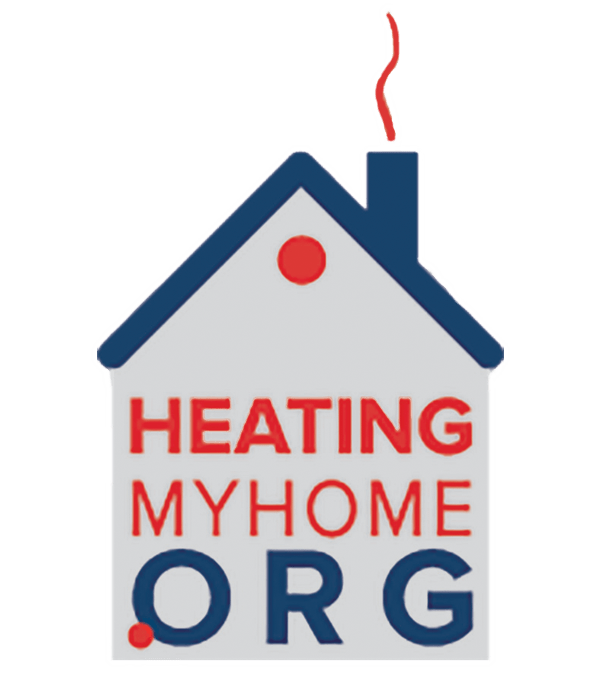Carbon Monoxide (CO) Detectors will sound an alarm when there’s CO in the air.
Be sure to have a CO detector in your home or rental. They’re inexpensive and simple to install.
CARBON MONOXIDE AND YOUR SAFETY
WHAT IS CARBON MONOXIDE (CO)?
You cannot taste or smell CO, but it is a very dangerous gas produced when any fuel burns.
WHERE DOES IT CO COME FROM?
Smoking a cigarette; idling a gasoline engine; and burning fuel oil, wood, kerosene, natural gas, and propane all produce CO.
CO CAN BE DEADLY!
In extreme cases, high levels of or extended exposure to CO can result in brain damage or death.
SYMPTOMS OF CO POISONING INCLUDE:
Headache
Dizziness
Shortness of breath
Fatigue
Nausea
IF YOU SUSPECT CO IS PRESENT, ACT IMMEDIATELY!
- If you or a family member shows physical symptoms of CO poisoning, get everyone out of the building and call 911 or your local fire department.
- If it is safe to do so, open windows to allow entry of fresh air, and turn off any appliances you suspect may be releasing the CO.
- If no one has physical symptoms of CO poisoning, but you suspect that CO is present, call your propane retailer or a qualified service technician to check CO levels and your propane equipment.
TO HELP REDUCE THE RISK OF CO POISONING:
- Have a qualified service technician check your propane appliances and venting systems annually, preferably before the heating season begins.
- Consider installing a UL-listed CO detector on every level of your home.
- Never use a gas oven or range-top burners to provide space heating.
- Never use portable heaters indoors unless they are designed and approved for indoor use.
- Never use a barbecue grill (propane or charcoal) indoors for cooking or heating.
- Regularly check your appliance exhaust vents for blockage.
SOME SIGNS OF IMPROPER APPLIANCE OPERATION THAT CAN GENERATE HIGH CO LEVELS:
Sooting, especially on appliances and vents
Unfamiliar or burning odor
Increased moisture inside of windows

